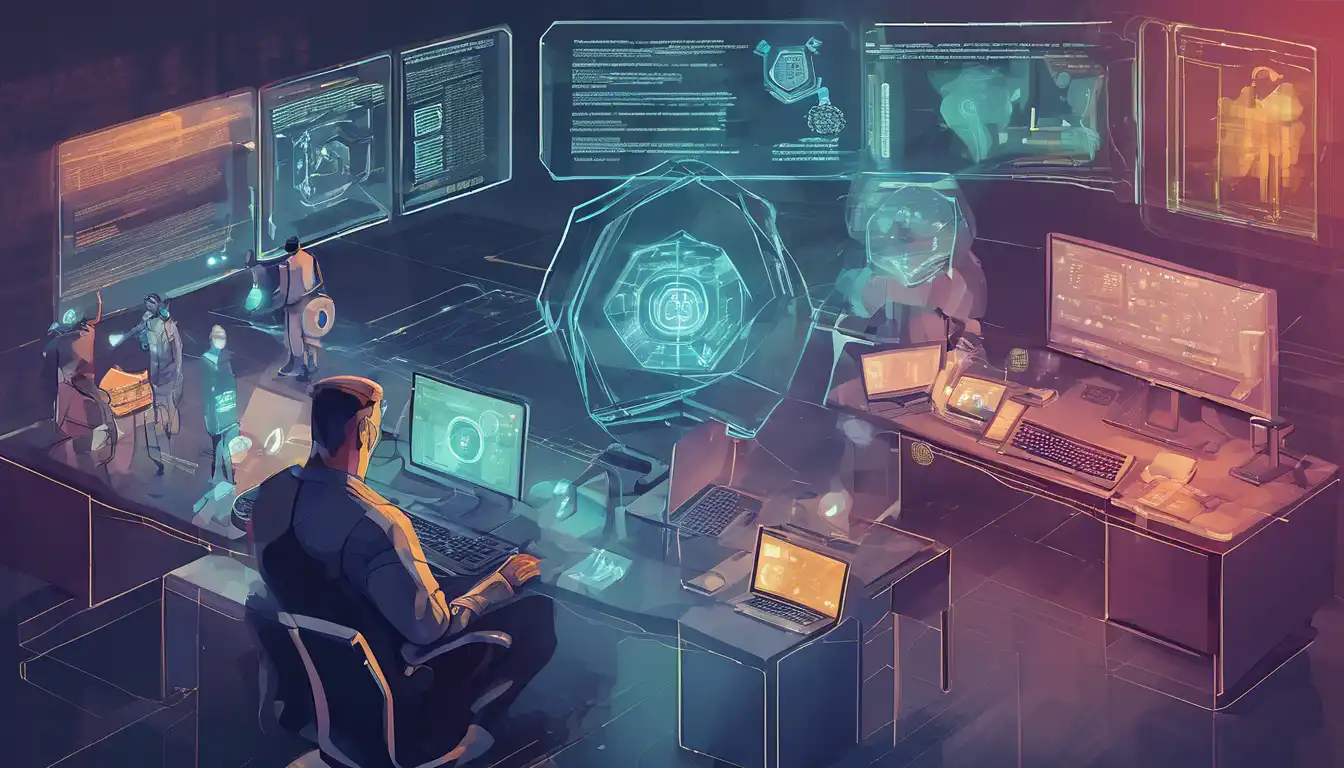Introduction to Modern Cybersecurity Defense
In the ever-evolving digital landscape, cybersecurity defense mechanisms are constantly being updated to counteract the sophisticated tactics employed by cybercriminals. As we step into 2023, several emerging trends are shaping the future of cybersecurity, offering enhanced protection for businesses and individuals alike.
Zero Trust Architecture
One of the most significant shifts in cybersecurity defense is the adoption of Zero Trust Architecture (ZTA). Unlike traditional security models that operate on the assumption that everything inside an organization's network can be trusted, ZTA operates on the principle of 'never trust, always verify.' This approach minimizes the chances of internal breaches and ensures that every access request is thoroughly vetted.
Artificial Intelligence and Machine Learning
Artificial Intelligence (AI) and Machine Learning (ML) are playing pivotal roles in detecting and responding to cyber threats in real-time. These technologies can analyze vast amounts of data to identify patterns and predict potential attacks before they occur, enabling proactive defense measures.
Cloud Security Enhancements
With the increasing adoption of cloud services, securing cloud environments has become a top priority. Advanced encryption techniques, multi-factor authentication, and secure access service edge (SASE) frameworks are being implemented to protect data stored in the cloud from unauthorized access.
Ransomware Defense Strategies
Ransomware attacks have seen a dramatic rise, prompting the development of more robust defense strategies. Organizations are now focusing on regular data backups, employee training, and the deployment of advanced threat detection systems to mitigate the risk of ransomware.
Implementing Effective Cybersecurity Measures
To stay ahead of cyber threats, it's crucial for organizations to implement a multi-layered security strategy. This includes:
- Regularly updating and patching software to fix vulnerabilities
- Conducting frequent security audits and risk assessments
- Training employees on cybersecurity best practices
- Investing in advanced security technologies
By adopting these measures, businesses can significantly reduce their vulnerability to cyber attacks and safeguard their critical data.
Conclusion
The landscape of cybersecurity defense is continuously changing, with new trends emerging to address the latest threats. By staying informed and proactive, organizations can enhance their security posture and protect themselves against the ever-present danger of cybercrime. For more insights into protecting your digital assets, explore our technology section.
